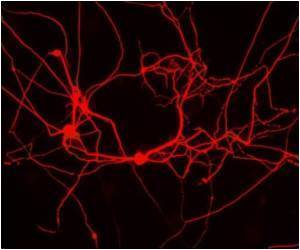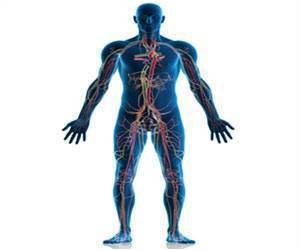
It is the first time that researchers have been able to generate a variety of human motor neurons, which differ in their make-up and display properties depending on where they are located in the spinal cord.
The research, published in the journal Nature Communications, could help scientists better understand motor neurone disease. The process will enable scientists to create different types of motor neurons and study why some are more vulnerable to disease than others.
Motor neurons control muscle activity such as speaking, walking, swallowing and breathing. However, in motor neurone disease a progressive and ultimately fatal disorder these cells break down leading to paralysis, difficulty speaking, breathing and swallowing.
Previously scientists had only been able to generate one particular kind of motor neuron, which they did by using retinoic acid, a vitamin A derivative.
In the latest study, scientists have found a way to generate a wider range of motor neurons using a new process without retinoic acid.
Advertisement
Dr Rickie Patani, of the University of Cambridge, said: "Although motor neurons are often considered as a single group, they represent a diverse collection of neuronal subtypes. The ability to create a range of different motor neurons is a key step in understanding the basis of selective subtype vulnerability in conditions such as motor neuron disease and spinal muscular atrophy."
Advertisement











